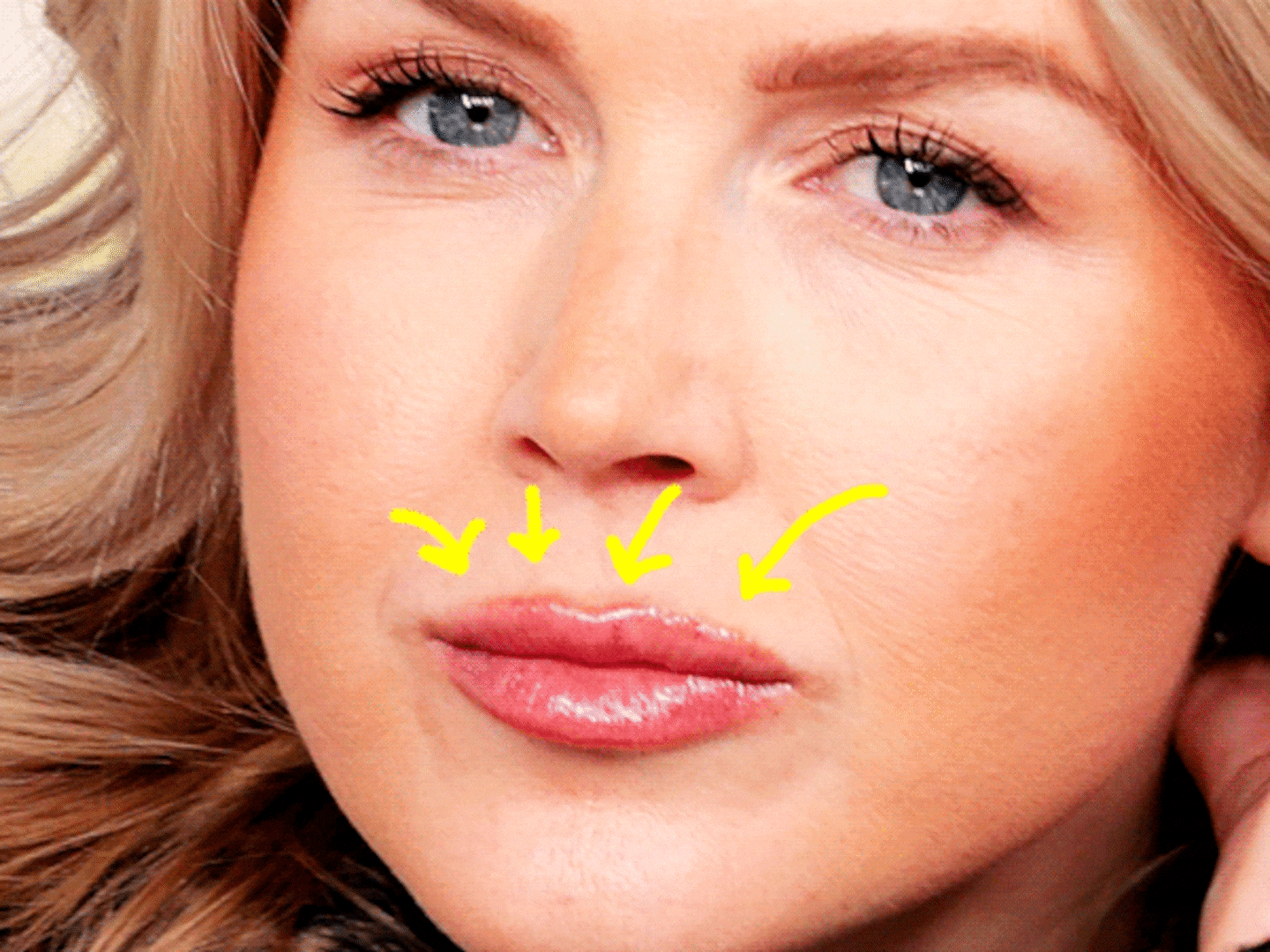Robots can look like just about anything: people, dinosaurs, quadcopters—you name it. So why would anyone design a robot that looks like one of the grossest and most detested species on the planet?
Well, like cephalopods, roaches’ bodies gives them distinct, if squirm-worthy, advantages—namely, the ability to become nearly two-dimensional to squeeze through cracks and under doors. Cockroaches can flatten themselves to a one-tenth of an inch and can bear loads 900 times heavier than they are (which is why we have to stomp on them extra hard). Perhaps most impressive is their ability to scurry along at top speed when compressed to half their normal height. These attributes make roaches nimble, persistent, and hardy—three supremely useful qualities for a robot, and three reasons scientists have pursued the development of robo-roaches.
In 2012, engineers at North Carolina State created the first cyborg roach by figuring out how to electronically control real ones. They developed a device akin to a tiny backpack containing a chip and a microcontroller wired to a roach’s antennae and abdomen, allowing them to send wireless signals to steer the roach in different directions by making it think it was being chased or had encountered an obstruction. The idea has had a few iterations, including an interface that would allow one to control a roach with a smartphone.
Aside from the fact that one has to catch and outfit a roach—a deal breaker for many, no doubt—this technology generated debates about whether it’s ethical for humans to remotely control another living organism. Cockroaches don’t tend to evoke much sympathy, but it’s easy to imagine any creature, no matter how gross, being understandably freaked out when stripped of its free will and controlled like a puppet.
Scientists can circumvent the ethical question and the logistical difficulties of putting a knapsack on a roach by ditching the hybrid and making the whole thing a robot.
University of California, Berkeley scientists have been working on a cockroach-inspired DASH robot since 2009. The robot’s six legs function like oars, helping it run five feet per second and scramble over obstacles. DASH can also withstand falls that would break almost any other robot. Recent improvements on DASH include mimicking a roach’s ability to disappear over edges and run along the underside of a surface—a maneuver called the “ledge flip.”
In 2013, another group of UC Berkeley scientists focused on speed created VelociRoACH, a 10-centimeter-long robot that can run almost nine feet per second—so fast it would win a race against a real roach. In fact, it’s the second-fastest robot out there.
Even the U.S. Army has jumped on the roach train, funding a UC Berkeley project described in a paper published last month. Their robotic roach, CRAM (compressible robot with articulated mechanisms), can keep moving even if squished. The robot, which is significantly larger than a real roach, has a flexible plastic exoskeleton made by an origami-inspired manufacturing process, which allows for compression to half its normal size and can bear loads of approximately 22 pounds.
The robot could be equipped with a small camera and then set loose to navigate rubble after an earthquake or explosion, searching for signs of life and transmitting information back to human responders who could then assess the number and perhaps even location of victims, and whether it’s safe to attempt a rescue.
Using robots in disaster sites isn’t a new idea, but it’s proven difficult given how tricky it is for most robots—especially bipedal ones—to navigate uneven terrain. Robo-roaches can tackle any topography with speed and agility, representing another step in the development of autonomous robots with “bio-inspired mobility.” The Army’s next goal is to develop a robotic roach that can right itself after being flipped over.
While the ethical questions about controlling a live roach seem to have subsided for now, it’s possible that new ones could arise given the spy potential of these roaches—another possible military application.
Russian scientists also recently designed a robo-roach that emulates roaches’ unique abilities. The light-sensitive Russian robo-roach can be controlled via a smartphone app—a feature recently demonstrated by Russia’s Minister of Education and Science, which is particularly excited about the robot’s potential to inspire kids to pursue programming.
Despite the undeniable utility of robotic roaches, unlike real roaches, they probably can’t withstand being microwaved. Still, they’re downright cuddly compared to robotic spiders.






